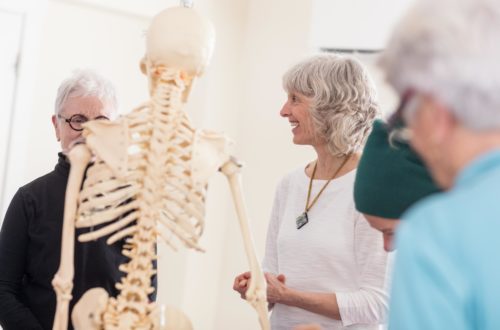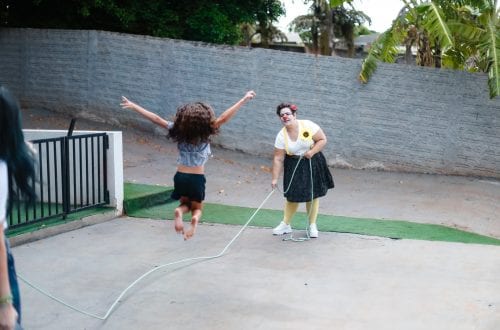
Breath
Covid-19
2020 has seen the emergence of a global pandemic and the loss of human life of over 1.3 million people world wide, 2nd only to the Spanish Flu of 1918. Here in the United States the number of people infected has surpassed 12 million along with 255,000 deaths within eight months.
Covid-19 is thought to be transmitted through droplets. When an infected person coughs, sneezes or talks, the droplets land in the nose or mouth of someone nearby, drawing the infection into the lungs.
We have learned from public health officials that social distancing and wearing face coverings is the best defense. However, some people find it hard to breathe with both their mouth and nose covered.
Breath
A good thing that has come from the pandemic is the importance of breathing awareness. The book “Breath” by James Nestor hit the bookstores in May at the most opportune time. Mr Nestor, a journalist, spent years researching the book and found that, as humans, the act of breathing is a “lost art”. Without the ability to breathe properly, a number of “maladies-snoring, sleep apnea, asthma, autoimmune disease, and allergies” occur.
One thing that we can all agree with in this polarized culture is that we need to breathe. No breath, no life. Moshe Feldenkrais teaches that the breath is intimately connected to everything that we do. Our posture, states of anxiety and previous life experiences become patterned with our breath. Over a lifetime, muscular compensations can occur following illnesses, injuries, and traumas, creating tensions that interfere with efficient breathing. Because this process happens out of our awareness, we don’t know the direct impact.
Ventilators
In the early 80’s, pulmonology-the study of respiratory disease, was a part of the physical therapy curriculum. We learned about the primary and secondary muscles of respiration, medical conditions that make breathing difficult, and physical therapy treatments. In fact, my first clinical rotation was in a pulmonary unit at Boston City Hospital. Each patient on the unit was ventilated at some point. Now if you do not know what it is like for a person to be on a ventilator, what I am about to say, could be shocking. Be forewarned.
Being on a ventilator means that the person is very ill and cannot breathe on their own. In order to live they have to have the life support of a ventilator. Being placed on a ventilator is an invasive, medical procedure. Patients are anesthetized and then intubated–a tube gets inserted into the airway so the ventilator can do the breathing for them. Patients are sedated in order not to get agitated and pull out the tube. Because they can not move their bodies freely or cough, phlegm accumulates. The mucus in the lungs becomes stagnant and has to be suctioned for the lungs to stay clear. That was my job. In addition, I also provided chest physical therapy–a type of percussion on the ribs to stimulate mucus flow.
Tracking the patients’ progress towards breathing on their own was instrumental in weaning them off of the ventilator. Because the patients were medicated, their ability to understand and actively participate in their treatments was compromised. A vital part of treatment could not happen, creating a double bind.
Breathing Awareness
Breathing Awareness is crucial for life. In typical situations, while working with clients, it is not unusual for the breath to stop without the individual knowing it. For that matter, for most of us, our breathing can stop when we are scared, anxious, uncertain, or agitated. The problem comes in when those states become the norm and our breathing is compromised on a regular basis throughout the day.
Many ways of breathing have been taught over the centuries. Specific methods are useful in order to focus our attention. However, optimal breathing asks for variety: during rest-a quiet breath, exuberant exercise-deep, prolonged breathing will give us the oxygen that we need to meet the physiological demands. Having our breath be responsive to changing circumstances is important. Since our breathing patterns are intertwined with our life experiences, rewiring the brain to breathe in one particular way diminishes the scope of the nervous system to change our breath to meet the circumstances we find ourselves in and in relation to our unique posture.
Awareness Through Movement
Awareness Through Movement® lessons give us the opportunity to notice aspects of breathing, sensations of movement, and thoughts and feelings that may be associated with either one. Learning to quiet one’s mind in order to listen deeply to the flow of breath is the first step. As we get quieter, we can then synchronize breathing more easily with movement. Muscle tension decreases. We feel relaxed, rejuvenated, softer. When practiced on a regular basis, listening to the rhythm of breathing becomes easier and recognizing tension that interferes occurs more quickly. That recognition is the next step to having a choice…a choice to interrupt the tension that occurs, actively reducing it, helping to stay in a greater state of calm. Investing in Breathing Awareness now can add to one’s health for years to come.




